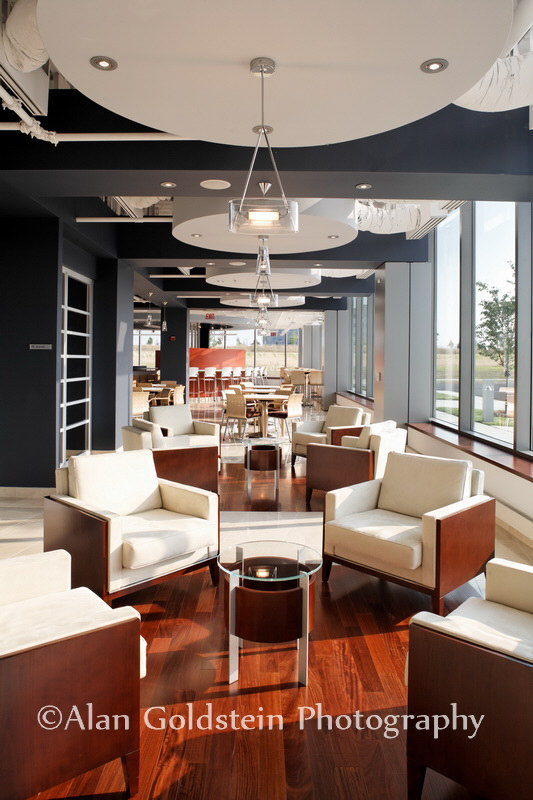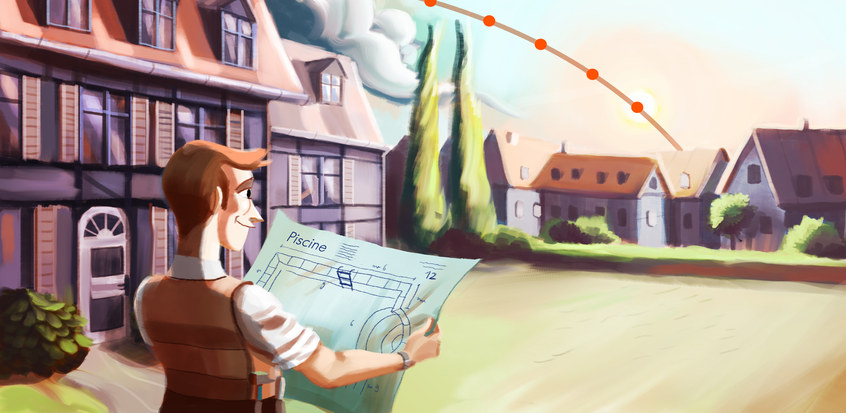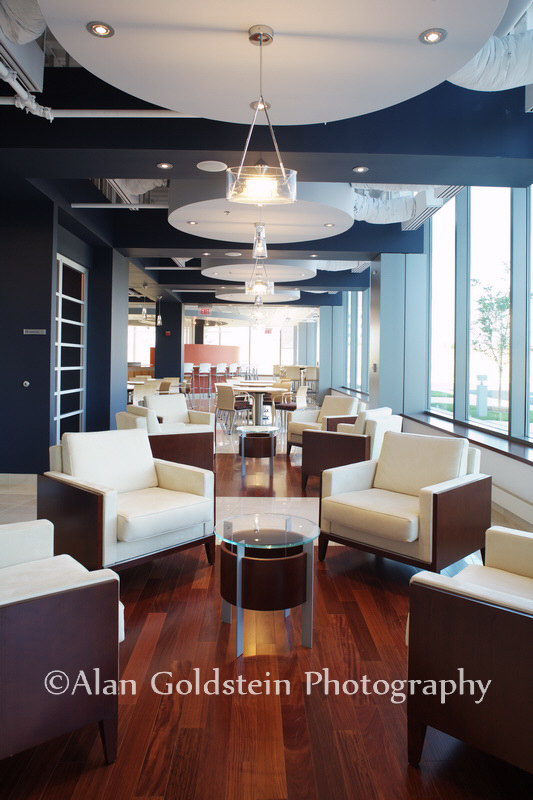
"I am a long time architectural photographer and for a number of years the only way for me to predict the angle and the height of the sun was to use a compass and a simple mechanical wheel device called a "Sundicator". This helped immensely but it was a bit awkward and crude in use. Further each Sundicator only worked at a given latitude.
With the advent of smartphones there now is SunTrajectory.net software that makes my work easier because it can quickly and accurately give me a visual image of where the sun will be any time of day, any day of the year, for any location I am at.
I have been using SunTrajectory.net for a while now and it is an invaluable tool for scouting and planning exterior as well as interior photographs. Often I go to a site in advance to plan out when and how I will photograph it. Sometimes I do this the first thing upon arrival if I plan to be there all day (to also shoot interiors typically) and can shoot without necessitating a return trip.
For exterior photography, I will first look over the site and decide what spots I will shoot from. Then I will walk up to the building or home and open SunTrajectory.net on my smartphone to look back to where my camera will be located.
With the arc of the sun overlaid on the scene, I can easily forecast when the sun will be at the best spot for the photograph. This isn't just a situation of knowing the direction or height of the sun. But I can graphically see the image on my cell phone so I can note when the sun will be above trees or any other obstructions that would cast shadows.
It also has a feature allowing me to save photos of any of the views with an active path of the sun overlaid that can be adjusted for any date of the year.
I can see this software being handy for all kinds of outdoor photography and is not limited to architecture. Perhaps you want to see if and when the sun will rise or set behind a specific structure that you want in silhouette from a particular location. I also shoot a lot of dusk shots, so knowing when and where the sun will set is very handy too.
Another interesting feature is the "Shadow" forecasting feature. This allows me to stand at my camera position and determine if I will be casting a shadow of myself into the scene at the time I plan to shoot.
With the advent of smartphones there now is SunTrajectory.net software that makes my work easier because it can quickly and accurately give me a visual image of where the sun will be any time of day, any day of the year, for any location I am at.
I have been using SunTrajectory.net for a while now and it is an invaluable tool for scouting and planning exterior as well as interior photographs. Often I go to a site in advance to plan out when and how I will photograph it. Sometimes I do this the first thing upon arrival if I plan to be there all day (to also shoot interiors typically) and can shoot without necessitating a return trip.
For exterior photography, I will first look over the site and decide what spots I will shoot from. Then I will walk up to the building or home and open SunTrajectory.net on my smartphone to look back to where my camera will be located.
With the arc of the sun overlaid on the scene, I can easily forecast when the sun will be at the best spot for the photograph. This isn't just a situation of knowing the direction or height of the sun. But I can graphically see the image on my cell phone so I can note when the sun will be above trees or any other obstructions that would cast shadows.
It also has a feature allowing me to save photos of any of the views with an active path of the sun overlaid that can be adjusted for any date of the year.
I can see this software being handy for all kinds of outdoor photography and is not limited to architecture. Perhaps you want to see if and when the sun will rise or set behind a specific structure that you want in silhouette from a particular location. I also shoot a lot of dusk shots, so knowing when and where the sun will set is very handy too.
Another interesting feature is the "Shadow" forecasting feature. This allows me to stand at my camera position and determine if I will be casting a shadow of myself into the scene at the time I plan to shoot.

